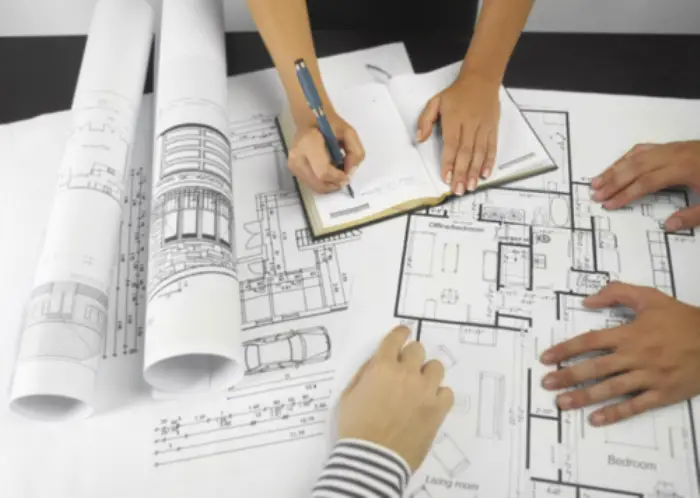Disruptions are bound to happen, but the manner in which you deal with them can go a long way to minimize their impact on your project. In construction, realistic customers judge builders based on how well they handle disruptions, rather than shame them every time disruptions occur. Here are three disruptions you may encounter, and the methods you can employ to deal with them.
- Project mistakes
You might oversee as many as seven crews, each of which works on a different project. While one ‘crew’ may consist of a laborer and a foreman, another could include many laborers and two foremen. Whether you’re managing 10 or 30 individuals, you need to know their capabilities. For example, John may be a great machine operator, but does he have the knowledge required to install a commercial water line? The University of Wolverhampton’s School of Engineering and the Built Environment noted that research from the UK, US and Scandinavian countries suggest that 30 per cent of construction involves reworking. To avoid such issues, understand your employee’s competencies. In your construction project management software, create a profile for each worker, detailing his or her experience, skills, certifications and other applicable details.
- Order changes
According to a study published in the Journal of Financial Risk Management, order changes are one of the many possible interruptions that can be costly to address, depending on their size and scale. Any number of factors could cause this disruption, from a homeowner wanting to use a different type of tile to a crew member discovering that a certain type of facade doesn’t meet government safety regulations. Sometimes, the wrong materials arrive on site, leaving you in a jam. Sometimes, the wrong materials arrive on site, leaving you in a jam. To mitigate the damage associated with order changes, determine which products and materials could fit the intended purpose. For example, could you replace pressure-treated pine with wood/plastic composites? Which characteristics make the latter better than the former, or vice versa? Bottom line: Figure out the alternatives and describe them to the customer. As far as unplanned order changes are concerned, make note of any possible unexpected factors. For instance, if you’re working around a mountainous region, consider the possibility of running into ledge. Conducting a site assessment through your project management application will help in this respect.
- Low labor productivity
It’s possible you may be working your labor too hard. Technically, poor employee performance can be considered a disruption in and of itself, although it’s enduring rather than instantaneous. The best way to resolve this issue may not involve cracking the metaphorical whip. Sure, there are workers who may not be up to standard, and you may decide to let them go for more willing, capable replacements. There are a couple of reasons why your project may be suffering from poor worker productivity. There is a possibility that your workforce is burnt out. Research from the Association of the Wall and Ceiling Industry found that those who work four weeks of eight hours per day are 16 percent more efficient than people who put in nine hours per day over a month. Many of the issues you’ll encounter in a project will be rooted in poor communication. A platform that allows you to share information with all project stakeholders will be a huge help in this regard.
